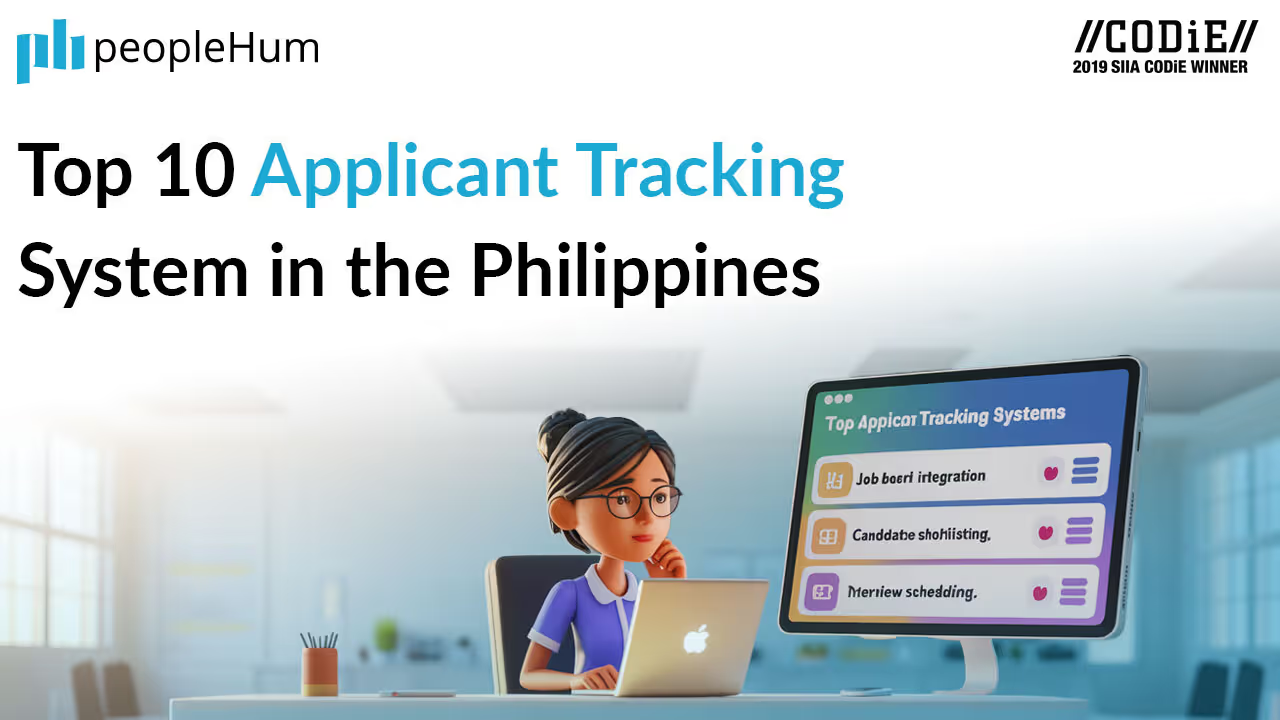Automation undoubtedly makes life easier for recruiters. From sifting through dozens of resumes in microseconds to sending candidate-rejection emails, automated software and processes streamline operations. But all the manual configuration and repetitive performance in the world can’t eliminate recruitment inefficiencies without a little help from AI.
Understanding AI Vs. Automation
While many people see automation and AI as interchangeable, they couldn’t be more different. Automation serves as a “fast echo,” repeating the same tasks again and again — it’s essentially a mimic that never fails. But AI builds on each iteration, making necessary tweaks, much like the human brain.
A copy machine is an excellent example of automation in action. Press a button and the machine churns out 1,000 replicas of your chosen document. But if the automated copier ran on AI, it could recognize that you usually make 20 replicas of a given document and make that decision for you. An AI-powered copier could save you time, money and a bit of exasperation by analyzing and evaluating every situation.
In the recruiting world, automation lends a helping hand during initial applicant research and outreach — but it doesn’t always work after that first contact. When it comes to retaining information and building quality relationships, AI strategies can begin to understand the whys and hows behind each step. AI can then foster smarter conversations and close gaps by decluttering processes and tearing down silos. This marriage of machine-led tasks and human-led emotions brings everything together to find the right talent and place candidates who stay.
Fixing Recruitment Inefficiency
Even the tightest recruitment protocols have areas of inefficiency that automated solutions can’t fix on their own. For example, many companies still use the dated model of blasting hundreds of emails, making 100 cold calls and praying that someone accepts a job offer. This approach is fraught with holes and driven by processes rather than candidates experiences.
Modern job applicants, companies and marketplaces demand more customization from recruitment methodologies. Building quality relationships that uphold a company’s reputation and attract prospective employees requires a devotion to continuous improvement, which is something AI provides. AI delivers a personal touch to recruitment that doesn’t feel spammy.
Recruiting teams accustomed to sending out bulk emails or relying on platforms that offer straightforward Boolean searches must realize that they’re just ticking off boxes. They might amass what amounts to incoming “leads,” but those leads aren’t necessarily relevant. As a result, they needlessly waste resources on trying to fit square pegs into round holes.

Trimming Excess Steps from Recruitment
Automation belongs in every HR department and recruitment firm, but it shouldn’t stand alone. Technologies such as AI and machine learning can fix several leaks in the system and lead to the improvements listed below.
Less Time to Find Noteworthy Candidates
The faster a company can source exceptional applicants, the faster interviews and job offers can happen. Automation helps weed out inappropriate candidates at the beginning of the recruitment funnel, but AI can take things to the next level.
AI-powered software and chatbots can perform secondary evaluations of automatically targeted applicants, whittling down the field for the benefit of human recruiters. AI can then take the data it amasses from this secondary pruning process to more intelligently screen talent in the future. Over time, interviewers should see an obvious boost to candidate quality and eagerness.
Less Time to Fill Vacancies
Businesses with job openings want the time between posting a job opening and signing a new employment contract to be as short as possible. But when a search isn’t handled appropriately from the outset, it can take even longer to fill the position.
If the Boolean automated search isn’t targeting the best people, for instance, it will send low-quality applicants into the funnel. Machine learning can sift through information to better inform the Boolean automation based on past data. This removes barriers before they can put a wedge into the system. Additionally, it reduces the likelihood of having to return to stage one when no candidates are deemed viable.
Higher Proportion of Qualified Applicants
Naturally quality is a subjective matter. AI can be a useful tool for culling through past job performance documents and reviews, ferreting out key metrics that apply to all excellent workers. Those metrics can then be plugged into recruitment systems.
Like humans, AI learns based on past performance and input. Because AI carries little bias and embraces change, an AI-powered tool used to gauge the aptness of a worker’s long-term potential to be productive or stay loyal for years has a distinct advantage over human instinct.
Better Retention
A major indicator of inefficient recruitment processes is high turnover. Companies that can’t hold on to new people for long may have inadequate or flawed initial reach processes. Additionally, the messages hiring departments and recruiters send could be mixed or confusing for applicants.
Constantly recruiting for the same position wastes money and hurts morale. AI can be used to diagnose the problem by looking backward and analyzing data, such as which employees stayed and which ones left. The underlying issue may not lie with the recruitment program — but AI could highlight onboarding stumbles or erratic communications with new hires, which could be fixed by tweaking strategies.
Automation continues to be an invaluable recruitment tool. When overlaid with a blanket of AI and machine learning, it becomes part of a robust, productive way to find and hire amazing people. What recruiter could ask for more?
About the author
Cynthia Trivella is the Managing Partner at TalentCulture . She has over 20 years' experience within the field of HR Communications, Talent Sourcing Strategies and Employment Branding using industry's best practices for attracting and retaining A-Level Talent candidates. She seeks to leverage her technical and marketing expertise to successfully develop and implement short- and long-term employee communication plans and processes that increase engagement and employee performance, all tied into the employer/employment brand within organizations of all sizes.































.avif)


















